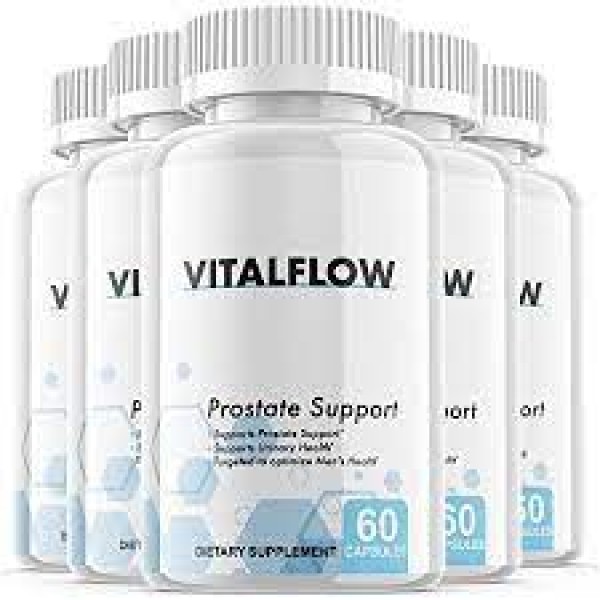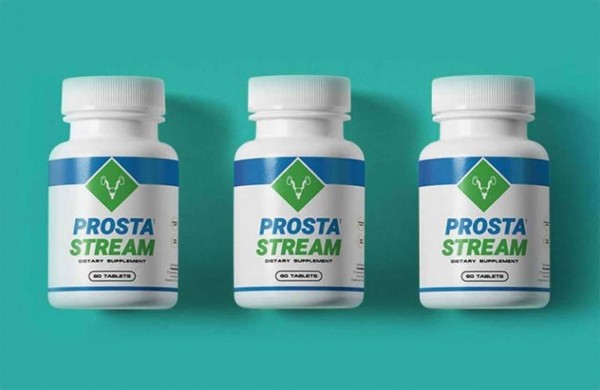Men with symptoms from an enlarged prostate could be offered a new type of nonsurgical treatment thanks to changes in NICE guidance.
NICE – the National Institute for Health and Care Excellence – has updated its guidance for using shrink your prostate in a matter of seconds Artery Embolisation (PAE) as a treatment of benign prostatic hyperplasia.
The prostate is a small walnut sized gland found only in men.
It produces the fluid component of semen and grows naturally with age.
Problems occur when the change in size puts pressure on the tubes that drain urine from the bladder.
Benign prostatic hyperplasia is the medical term used to describe a noncancerous enlargement of the prostate.
Symptoms like needing to pass urine more frequently, trouble starting to urinate and loss of bladder control affect more than a third of men over the age of 50.
There are a number of current treatments for an enlarged prostate including medication or surgery.
However, these treatments can have side effects and do not suit all patients.
PAE offers an alternative option. It blocks the blood supply to the prostate with small particles, which causes the prostate tissue to shrink and die.
It can be performed under local anaesthetic, which will help patients who cannot tolerate general anaesthetic.
And it can be done as a day case, which will mean the patient does not need to be admitted to hospital.
NICE first looked at PAE in 2013, but felt that more research was required to determine whether the procedure was effective and safe.
Since 2013, NICE has worked with the British Society of Interventional Radiology and the British Association of Urological Surgeons to coordinate the UK ROPE study.
The study compared PAE to conventional prostate surgery and found PAE was safe.
It also provided a significant and significant improvement in symptoms and quality of life for men with prostate enlargement.
Dr Nigel Hacking, consultant interventional radiologist at University Hospital Southampton, said: “Results from the study show PAE can help large numbers of men suffering with the symptoms of an enlarged prostate.
It is a particularly good option for men who are not yet ready to undergo more invasive prostate surgery.
Maintaining sexual function and fertility is one of its main strengths.”
Mr Rob Baxter, a patient who has the PAE procedure said: “I have suffered from an enlarged japanese method to shrink prostate for a number of years.
Inconvenient loo visits were ruining my life. I couldn't enjoy a meal with my partner, watch a rugby game with friends or even go for a run without providing there was a toilet nearby.
“Undergoing PAE has improved my condition enormously, to the point where I hardly notice any significant issues now.
Last weekend, I ran my fifth London Marathon in 4 hours 59 Minutes, and stopped just once.
This would have been impossible twelve months ago. All in all, a very happy patient.”
In light of this study and other new evidence, NICE has updated its guidance.
It now says PAE can be offered to patients.
The procedure should be carried out by an interventional radiologist with specific training and expertise.
Professor Kevin Harris, clinical director for the NICE Interventional Procedures program said: “This is an excellent example of what can be achieved when we work together effectively across the system.
NICE flagged the need for more evidence and that is exactly what we have received.
The availability of this procedure could make a real difference to the lives of men up and down the country.”

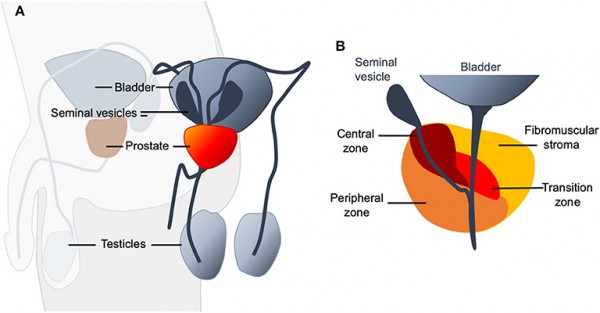




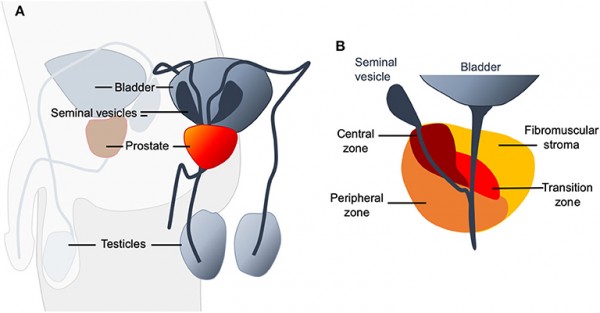
![Exipure Reviews – Shocking Controversy And Hidden Dangers You Must Know [2022 Update] Exipure Reviews – Shocking Controversy And Hidden Dangers You Must Know [2022 Update]](https://congmuaban.vn/uploads/san-pham/exipure-reviews-shocking-controversy-and-hidden-dangers-you-must-know-2022-update.jpg)

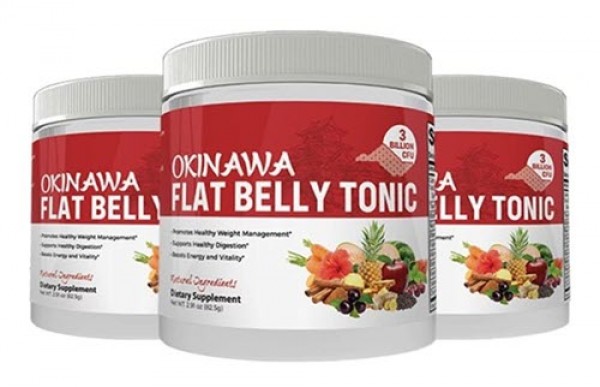
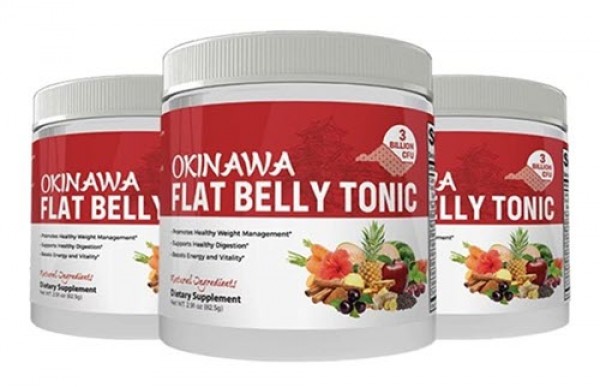
![KERASSENTIALS EXCLUSIVE REVIEWS: [BE AWARE OF SCAMS] CRITICAL DETAILS UNCOVERED?? KERASSENTIALS EXCLUSIVE REVIEWS: [BE AWARE OF SCAMS] CRITICAL DETAILS UNCOVERED??](https://congmuaban.vn/uploads/san-pham/kerassentials-exclusive-reviews-be-aware-of-scams-critical-details-uncovered.jpg)


